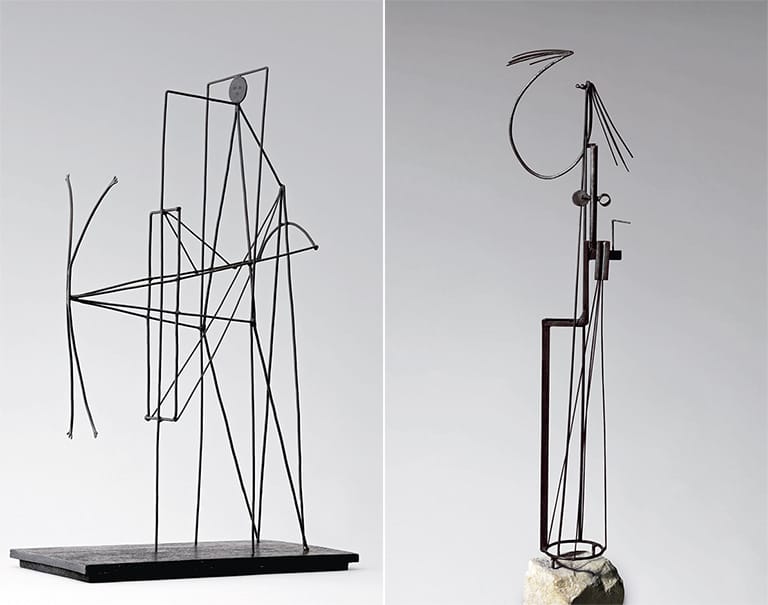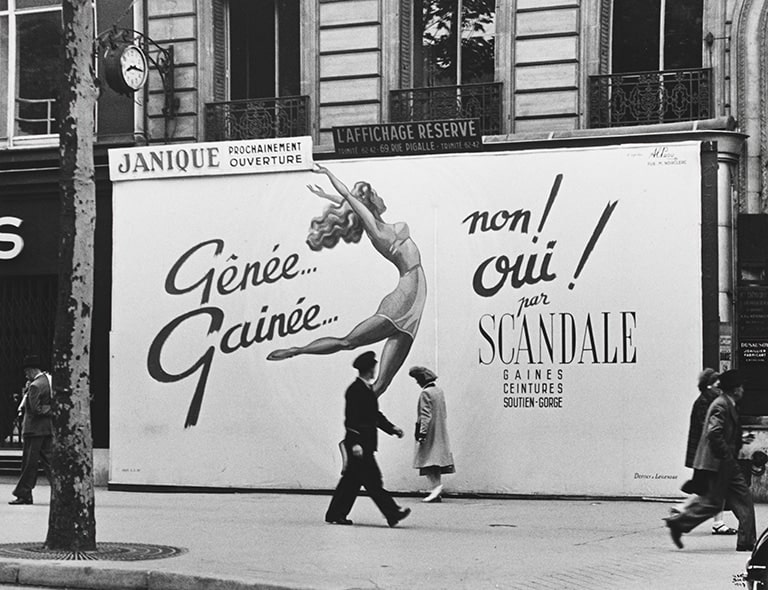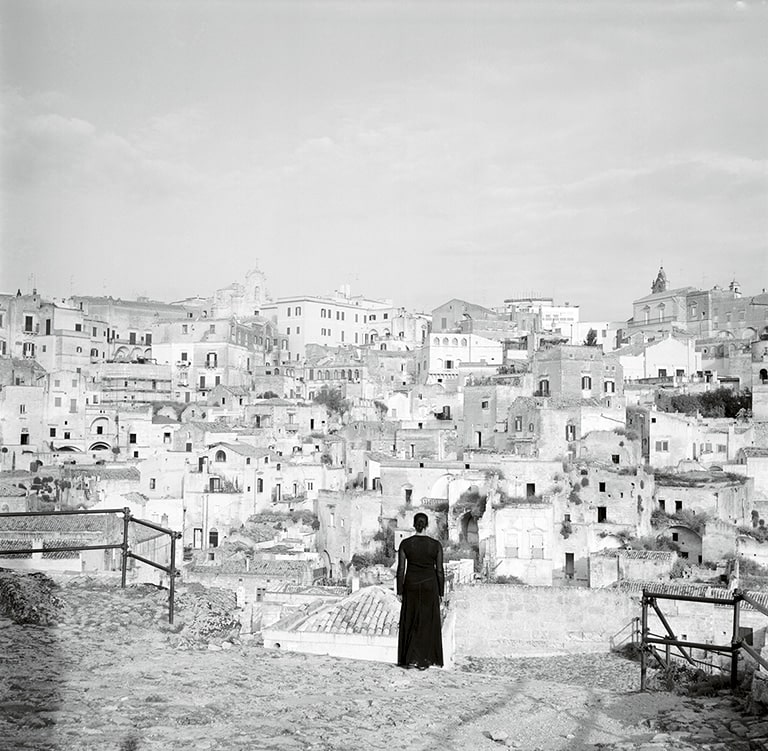Espagnole [Española], Woman with comb
![Espagnole [Española], Woman with comb Espagnole [Española], Woman with comb © Francis Picabia, VEGAP. Madrid, 2020 © Fundación MAPFRE COLLECTIONS](/media/arte-cultura/colecciones/francis-picabia/fm000311.jpg)
Francis Picabia
Espagnole [Española], Woman with comb, 1922
© Francis Picabia, VEGAP. Madrid, 2020
© Fundación MAPFRE COLLECTIONS
Technique
Wash and graphite on paper
Dimensions
Paper size: 64 × 49 cm (25 3/16 × 19 5/16 in.)
Framed size: 92 × 76 x 4 cm
Inventory
FM000311
Description
The 1922 exhibition at Galeries Dalmau in Barcelona marks a turning point in the career of Francis Picabia, who had just left the Parisian Dadaist group of which he had been the main axis. The exhibition was opened by Breton, who gave a lecture at the Ateneu Barcelonès on Picabia and the evolution of modern art. The most impressive thing was the inclusion of abstract and machinist works along with other figurative ones; some flat and modern, and other more topical ones which were a foretaste of his provocative pin-ups and the Spanish themes of the thirties and forties. Española is part of the latter, although it is unknown if it was part of the aforementioned sample.
In the photographs featured in the exhibition, you can see the drawing “Femme espagnole” also known as “Espagnole a la cigarette” in the lower right part, which may belong to the same series. In fact, there are quite a few versions of the theme, sometimes with identical items of clothing and even, on more than one occasion, based on the same figure. The sizes are also similar. However, in Picabia’s catalogue they are given different dates, but these are almost always estimated.
This drawing, signed and dated in Barcelona in 1922, therefore helps us to clarify some doubts in this regard. It is inevitable to compare this with the portrait of Olga Kokhlova wearing a Spanish mantilla, painted by Picasso in 1917, also in Barcelona, as with “Woman in a Spanish dress”, known as “La Salchichona“, both of which were reproduced in the article which Feliu Elias dedicated to Picasso in the magazine Vell i Nou, in 1918. At the same time, the oval face in Picabia’s drawing, and other similar versions, refer us to another portrait of Olga, seated in an armchair with flowered upholstery –like a Manila shawl—, made in Montrouge.
However, it seems that Picabia had previously addressed the Spanish question, undoubtedly influenced by his own paternal origins. In 1902 he had already lived for a time at the home of his Andalusian family and it seems that he painted his first bullfighters and manolas, according to María Lluïsa Borràs, his biographer and main authority on the painter. In any case, this primeval series of Spanish drawings has little to do with the others by the artist that are known to be from that time. These bullfighters and manolas are much more personal and evolved, and are directly linked to those made between the end of the century’s first decade and the start of the twenties. On the other hand, in the first systematic cataloguing the measurements did not appear, a sign that they were probably catalogued from photographs. In reality, the relatively large size of some of these early sketches coincides with those made fifteen or twenty years later, as does the iconography based on busts of Spanish women with combs and shawls, fluently captured in watercolors. Another pertinent detail is that clearly one of the bullfighters supposedly from 1902 was reproduced in edition 6 of 391, already published in New York in July 1917, just after the artist’s stay in Barcelona.
In “Espagnole” there is no sign of gaucherie, or perverse clumsiness in execution. It is a classic and serene figure. With its soft coloring and delicacy of drawing, the huge blue eyes stand out, leaving the embroidery of the shawl in a monochrome background. A subtle harmony is established between the blue of the eyes and the turquoise of the earrings and the rose leaves of the bun, as well as between the background of the shawl and the greenish-brown of the hair and the shell comb. The outline of the drawing is also very soft, with light touches of gray in the shading of the face and a more intense tone for the hair and the flowers on the shawl, indicating the powerful embroidery without demanding a polychrome palette that would detract from the exultant beauty of the face.
[Josep Casamartina i Parassols]
BORRÀS, Maria Lluïsa, Picabia. Madrid, Electa, 1993.
BORRÀS, Maria Lluïsa; CAMFIELD, William Arnett; LEBEL, Jean-Jacques, Máquinas y españolas, exh. cat. Valencia, IVAM, 1995.
CALVOCORESSI, Richard, Picabia: 1879-1953, exh. cat. Edinburgh, National Galleries of Scotland, 1988.
CAMFIELD, William Arnett,
CAMFIELD, William Arnett (comisario), Francis Picabia, Nueva York, Solomon R. Guggenheim Museum, 1970.
Francis Picabia (1879-1953), exh. cat. Madrid, Barcelona, Ministerio de Cultura, Dirección General de Bellas Artes y Archivos, Fundació Caixs de Pensions, 1985.
Francis Picabia singulier idéal, exh. cat. Paris, Paris-Musées, 2002.
MUNDY, Jennifer (ed.), Duchamp, Man Ray, Picabia, exh. cat. London, Barcelona, Tate Modern, MNAC, 2008.
PICABIA, Francis, Escritos en prosa, 1907-1953. Valencia, Murcia, IVAM, Colegio Oficial de Aparejadores y Arquitectos Técnicos de la Región de Murcia, 2003.
PIERRE, Arnauld, Francis Picabia: la peinture sans aura. Paris, Gallimard, 2002.
SANOUILLET, Michel, Francis Picabia et « 391 », París, Eric Losfeld, 1966.




